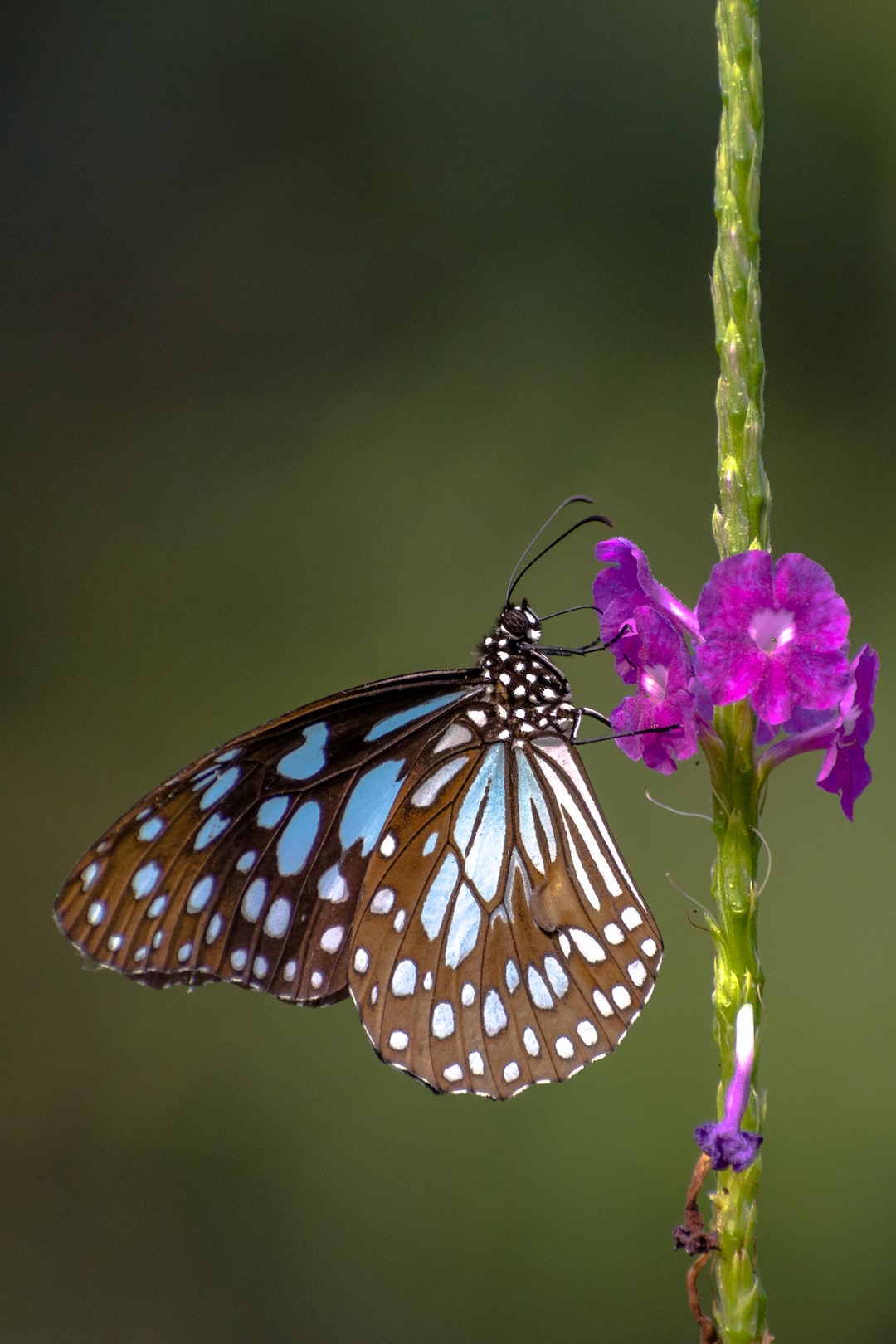The Fascinating World of Marine Life: Exploring the Great Barrier Reef
The Great Barrier Reef, found off the coast of Queensland, Australia, is undoubtedly one of the world’s most captivating natural wonders. Spanning over 2,300 kilometers and comprising thousands of individual reefs, it is the largest coral reef system on the planet. This incredible ecosystem houses a diverse range of marine life, making it a paradise for scuba divers, snorkelers, and nature enthusiasts from all around the globe. In this blog post, we will delve into the fascinating world of marine life found in the Great Barrier Reef.
The reef ecosystem is home to a staggering variety of marine species, some of which can only be found in this part of the world. From tiny, colourful fish to magnificent sea turtles and mammoth humpback whales, there is something awe-inspiring for every aquatic enthusiast. One of the most enchanting creatures found in the reef is the clownfish. Made popular by the animated film “Finding Nemo,” these vibrant orange and white fish are known for their symbiotic relationship with sea anemones. Their ability to survive amongst the stinging tentacles of these creatures is truly remarkable.
Moving up the food chain, the Great Barrier Reef is also home to larger and more extraordinary species, such as manta rays and reef sharks. These majestic creatures roam the vast expanses of the reef, capturing the imagination of divers lucky enough to encounter them. Diving alongside a manta ray as it glides gracefully through the water is an experience that will forever be etched in the minds of those fortunate enough to witness it.
However, it is the mesmerizing coral formations that truly steal the show in this underwater wonderland. The Great Barrier Reef is made up of coral polyps, tiny creatures that secrete a calcium carbonate exoskeleton, creating the intricate structures that form the reef. These formations provide shelter, breeding grounds, and food sources for countless other marine organisms. The reef is made up of hard coral, branching coral, and soft coral, all of which contribute to the unique beauty of the ecosystem.
Beyond its aesthetic appeal, the coral reefs play a crucial role in maintaining the overall health of our planet. They act as natural barriers, protecting coastlines from erosion and limiting the impact of storms. Additionally, the Great Barrier Reef supports a significant portion of the world’s marine biodiversity. It serves as habitat for more than 1,500 species of fish, 134 species of sharks and rays, and over 30 species of marine mammals. It is a nursery for fish and other organisms, ensuring the sustainability of populations and preserving the delicate balance of the marine ecosystem.
Sadly, human activity, climate change, and pollution have posed significant threats to the health of the Great Barrier Reef in recent years. Rising water temperatures caused by global warming have led to coral bleaching—a phenomenon in which the corals expel the symbiotic algae that give them their vibrant colors. Without these algae, the corals turn white and become more susceptible to disease. Overfishing and destructive fishing practices, such as using dynamite or poison, also have devastating effects on the marine life and the fragile coral ecosystem.
To mitigate these issues and protect this incredible natural heritage, various conservation efforts have been put in place. Local authorities, environmental organizations, and concerned individuals all work tirelessly to raise awareness, enact legislation, and promote sustainable practices. Initiatives such as reducing carbon emissions, implementing fishing limits, and enlisting the help of citizen scientists have all made positive strides in safeguarding the future of the Great Barrier Reef.
In conclusion, the Great Barrier Reef is a treasure trove of marine life and a natural wonder that must be preserved for generations to come. It is a kaleidoscope of vibrant colours, fascinating creatures, and awe-inspiring coral formations. To truly appreciate its beauty, one must delve beneath the waves and immerse themselves in this captivating underwater world. Let us unite in our efforts to protect and conserve the Great Barrier Reef so that future generations may continue to explore and be inspired by the wonders of marine life.

